|
The CONTACT HIGH: A Visual history of Hip-Hop is a book and Photo Exhibit at the Annenberg Space For Photography in Los Angeles. The book focuses on the work of various Hip-Hop photographers that helped document the culture on film. The Photos focus on the early era of Hip-Hop during the 80's and 90's and the artist in their early beginnings.
The book and event was curated by Vikki Tobak, with the Creative Direction of Fab Five Freddy. The event features 140 works from 60 photographers and curators of the culture. The exhibit features unedited contact sheets from multiple photographers of iconic artist such as Eric B and Rakim, Notorious B.I.G, Tribe Called Quest, Wu-Tang and many more. The event also included a documentary featuring photographers Barron Claiborne, Brian “B+” Cross, Eric Coleman, Estevan Oriol, Jorge Peniche, Jamel Shabazz, Janette Beckman, Joe Conzo, Jack McKain, Dana Scruggs, and Danny Clinch. For more info visit the website at www.annenbergphotospace.org
Comments
Here is the recap from the LA Men's Market Tradeshow held last month in DTLA
Rapper and Original Lo-Lifes Co-Founder Thirstin Howl the 3rd was approached by Polo by Ralph Lauren to model the re-release of the "Snow Beach" collection. The jacket was produced in 1995 and was made famous when Rapper Raekwon of the Wu-Tang Clan wore it in the "Can It Be All So Simple" Video. Ralph decided to re-release the collection for all the new Polo heads that never had the chance to get it for the first time around.
1/12/2018 Comments Spike Lee Talks His Customized $40K Rolex Daytona, New Netflix Series, & Jordan SpizikesOur company THE FASHION MANSION GROUP worked with Dolce & Gabbana for this Ad Campaign featuring Model / Influencer Christian Combs for their new Spring/Summer 2018. Thank you to all the good people over at D&G Italy for giving us this wonderful opportunity. Bella foto!
|
THE FASHION MANSION GROUPSign up today for our Newsletter! Categories |
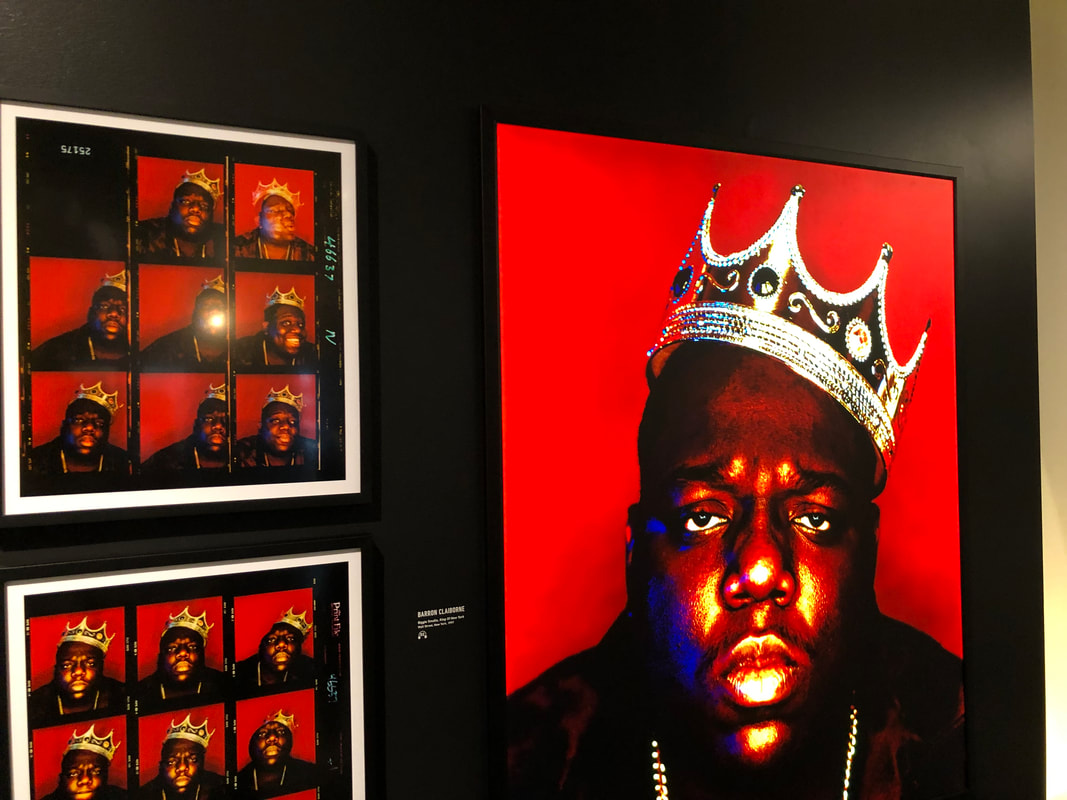
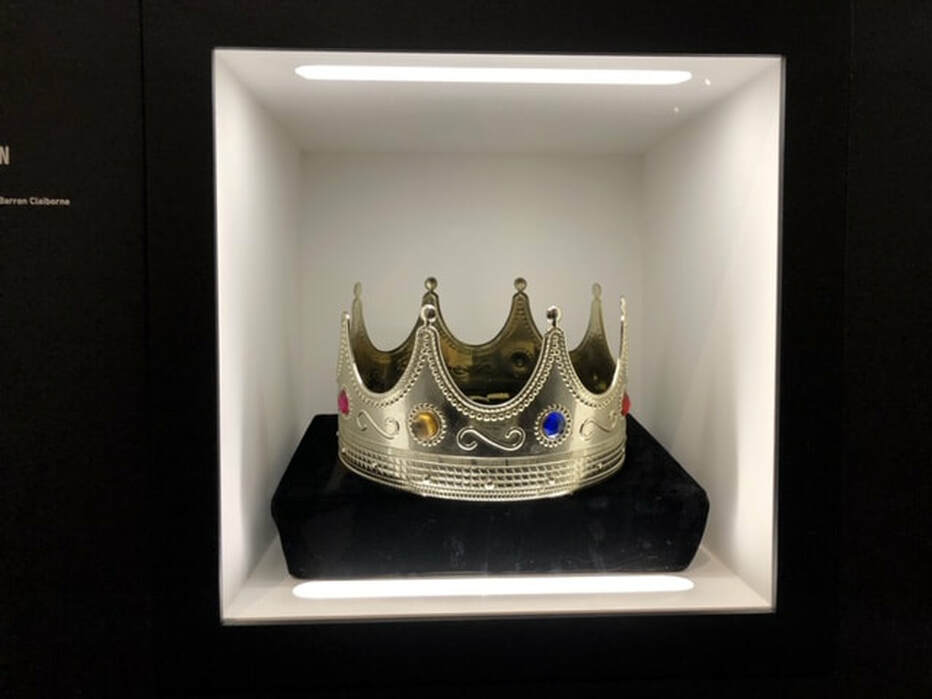
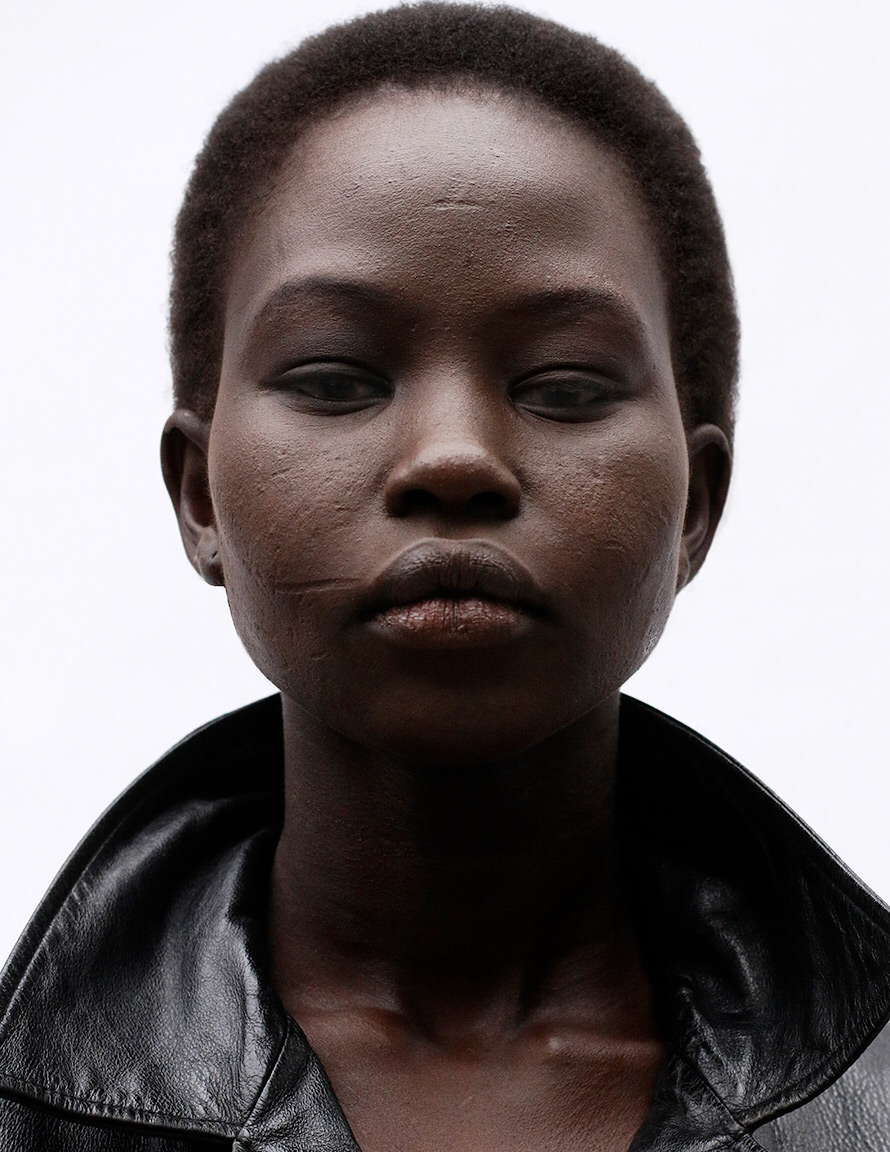
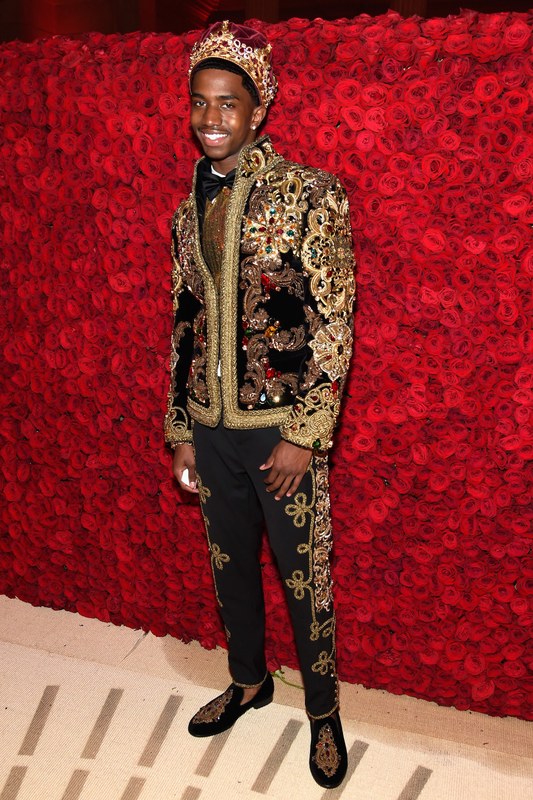
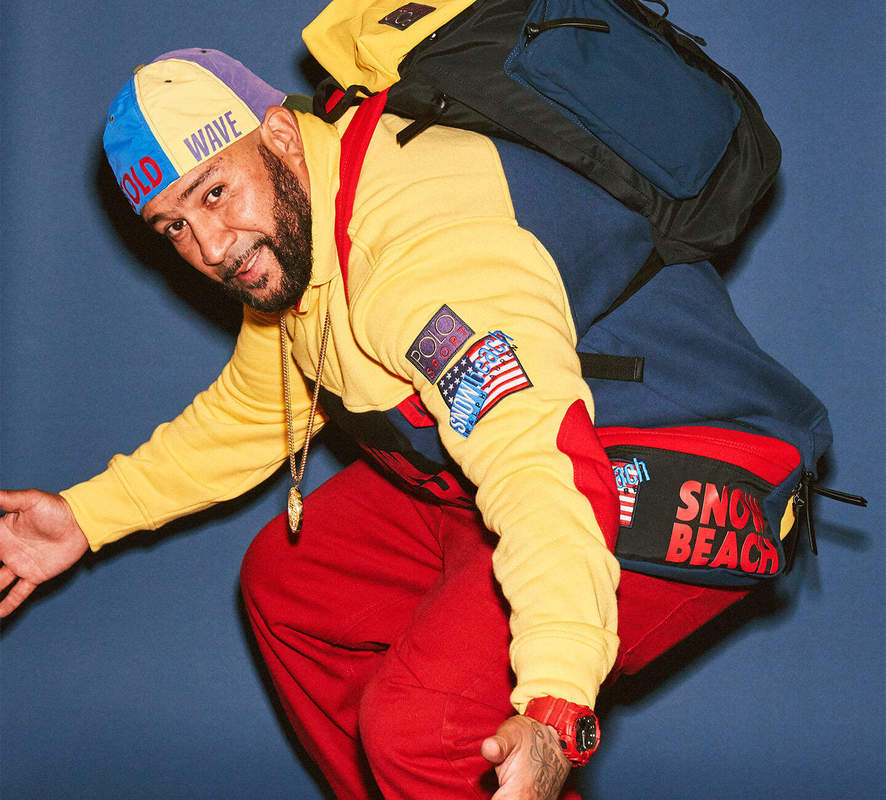

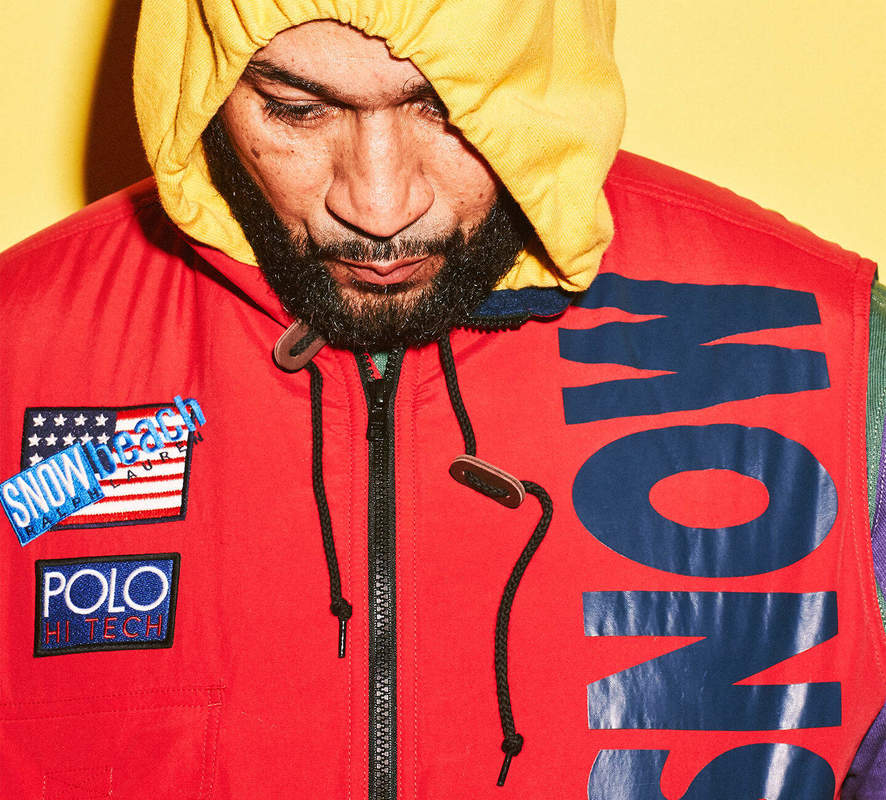
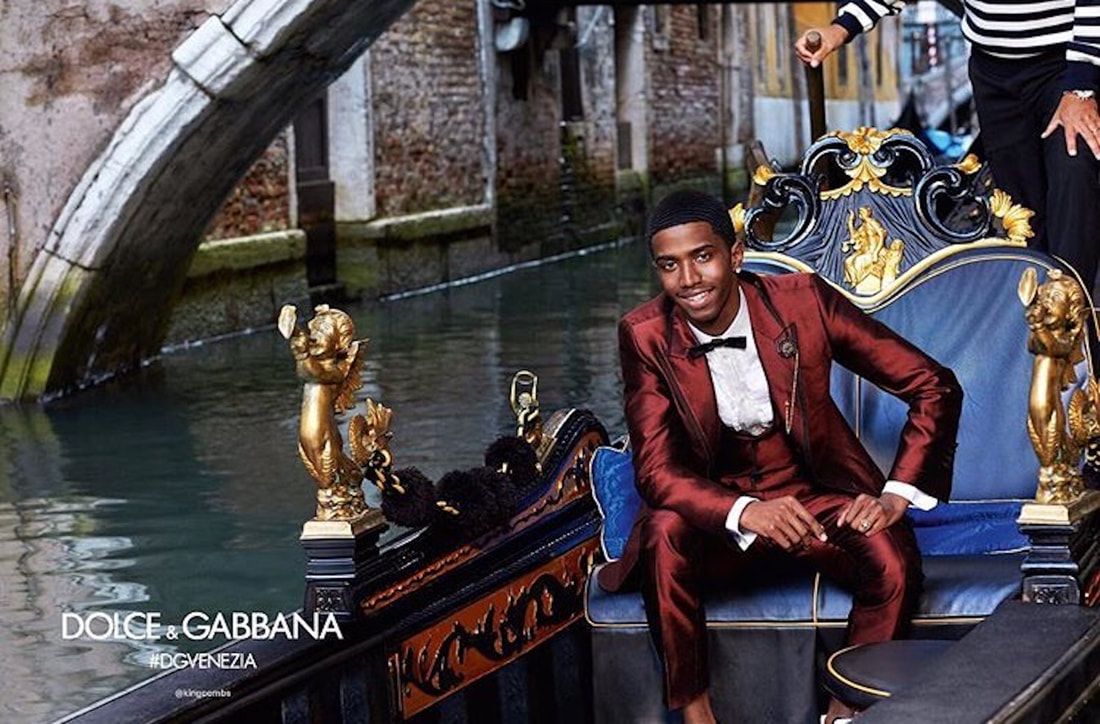
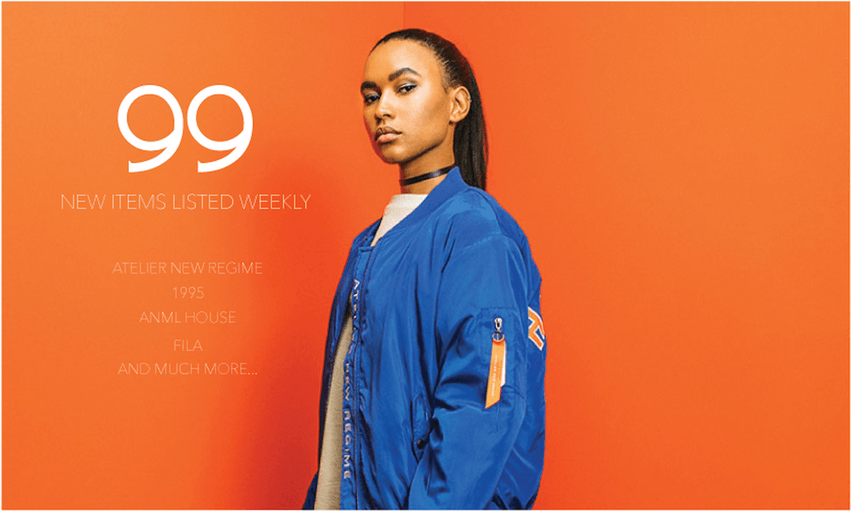
 RSS Feed
RSS Feed